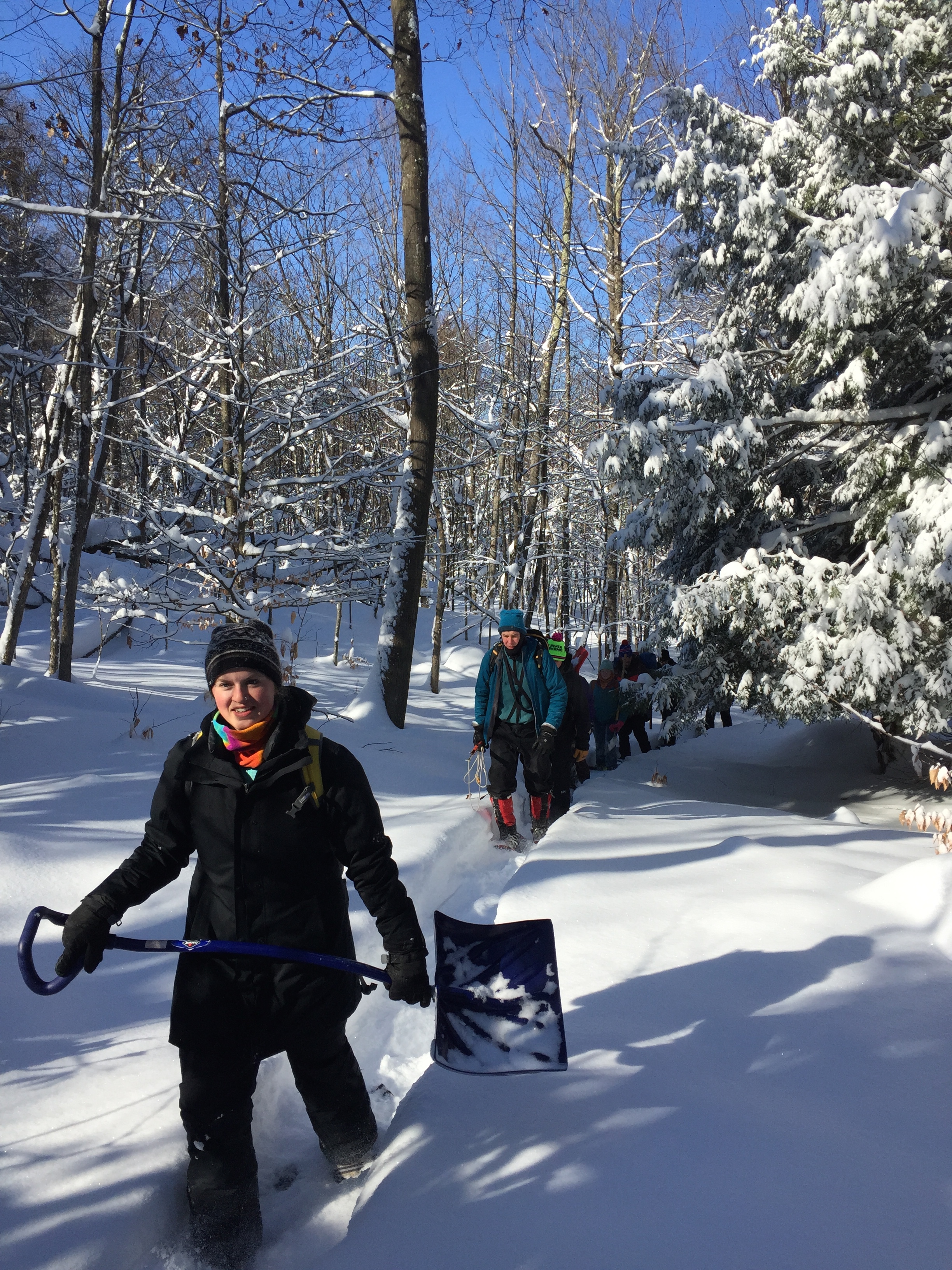What's Your Nature?
Become a Nature Up North explorer to share your encounters with wild things and wild places in New York's North Country. Post your wildlife sightings, landscape shots, photos from your outings, and even your organization's events!
A Tale of Nine Lives
The two cats at my place have survived many life-threatening traumas such as falls, fights and even the compulsory “devotions” of small children. It’s amazing the hazards they can evade. I think if pets could drive, only dogs would get speeding tickets—cats would always find ways to wriggle out of a citation. Sadly, my contacts in the veterinary field continue to assert that cats have but a single life, and that the whole nine-lives thing is just a cat tale.
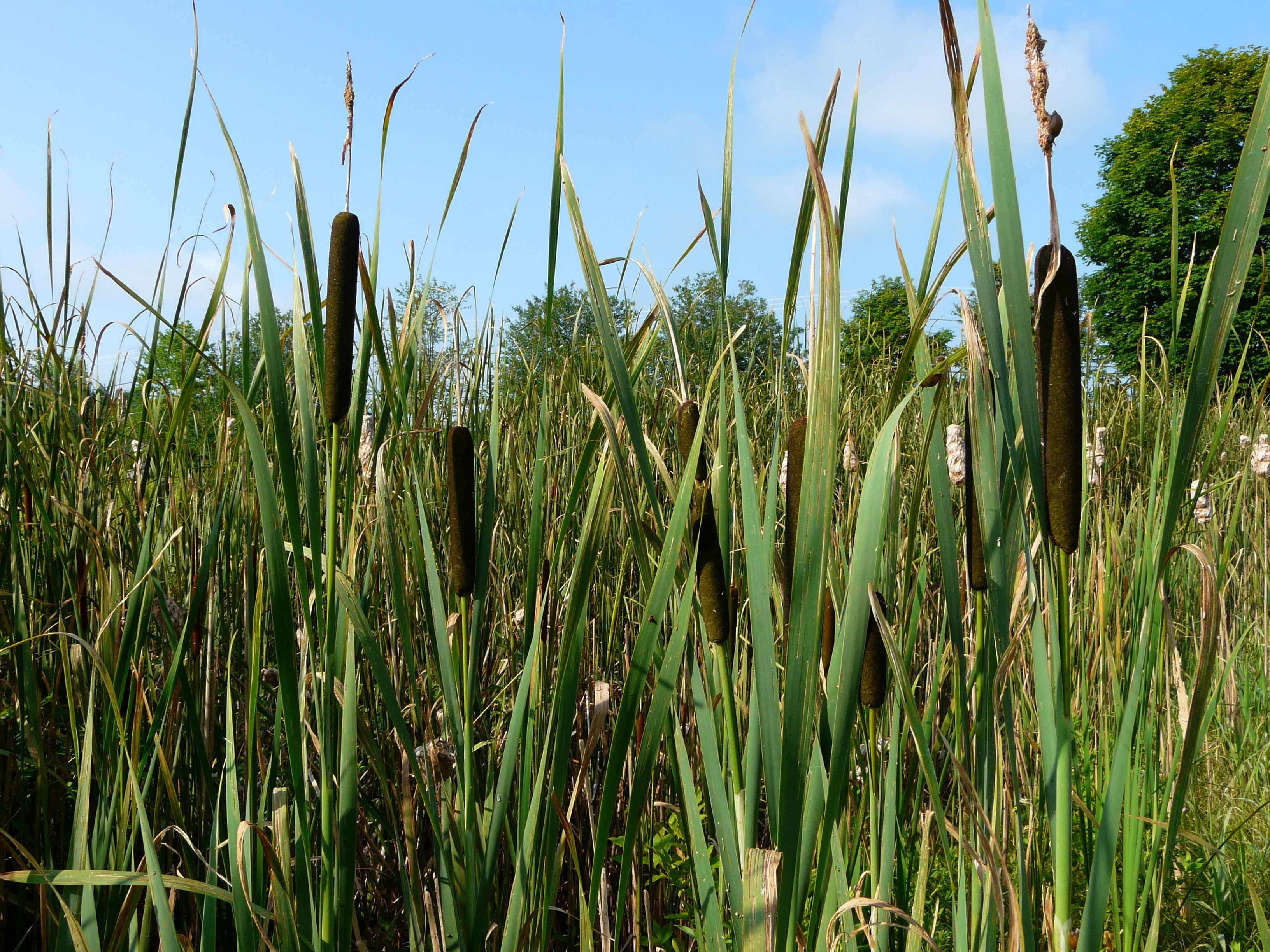
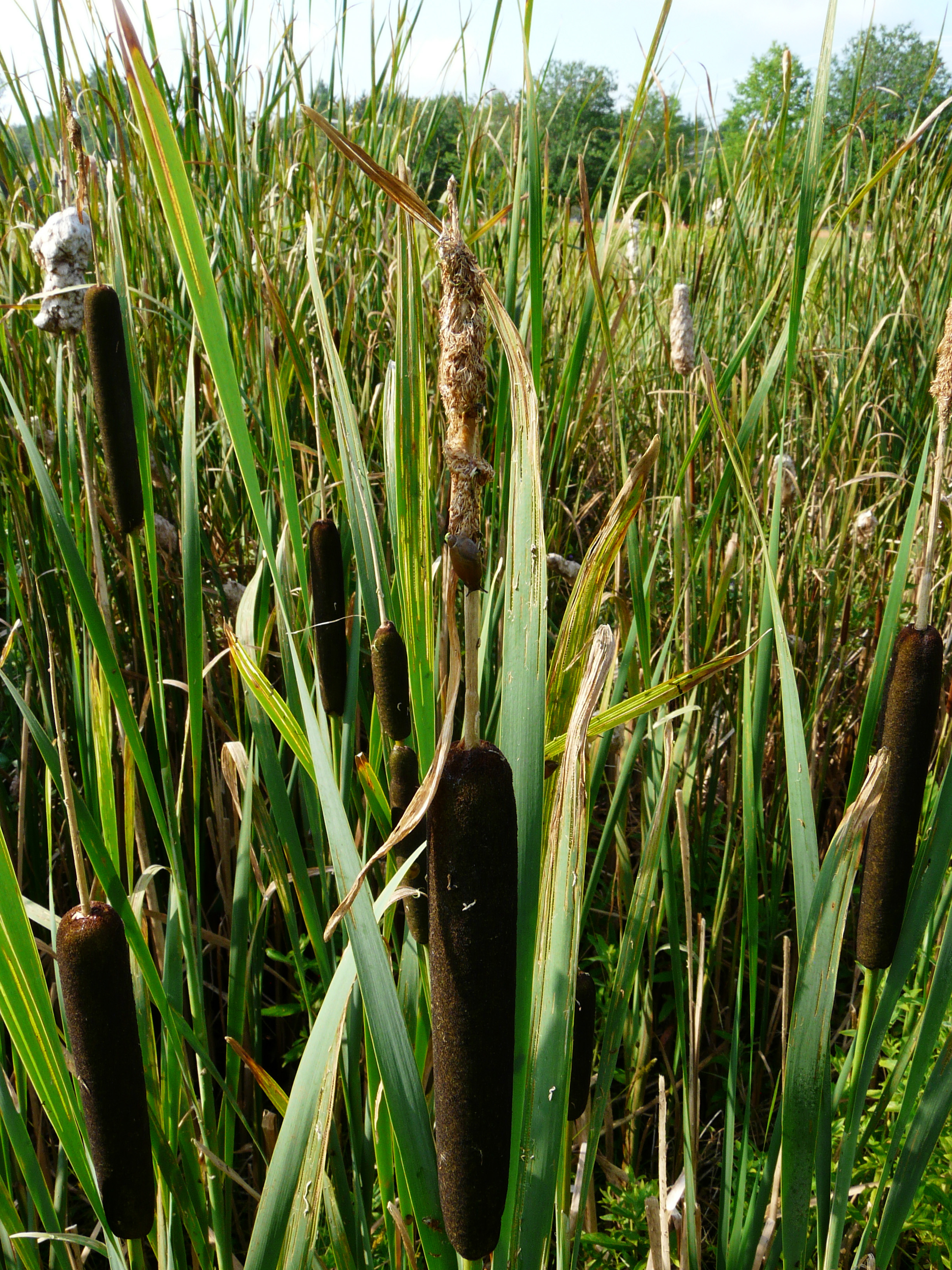
Lyme Disease Ecology Part One: A Ticky Situation
All year round we await the North Country summer – when the landscape is green and lush, the days are long, and shorts finally seem like a viable clothing option. In early summer we can easily tolerate a few mosquitos and black flies in exchange for the abundance of outdoor opportunities that our region offers. But over the last decade, Lyme disease has emerged as a serious concern for northern New York residents seeking to enjoy the summer months outdside.
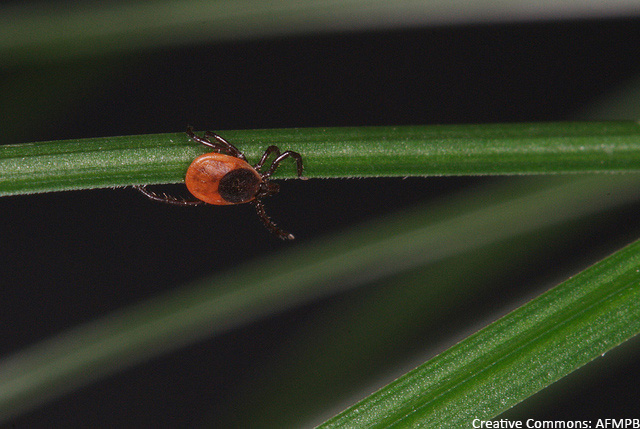

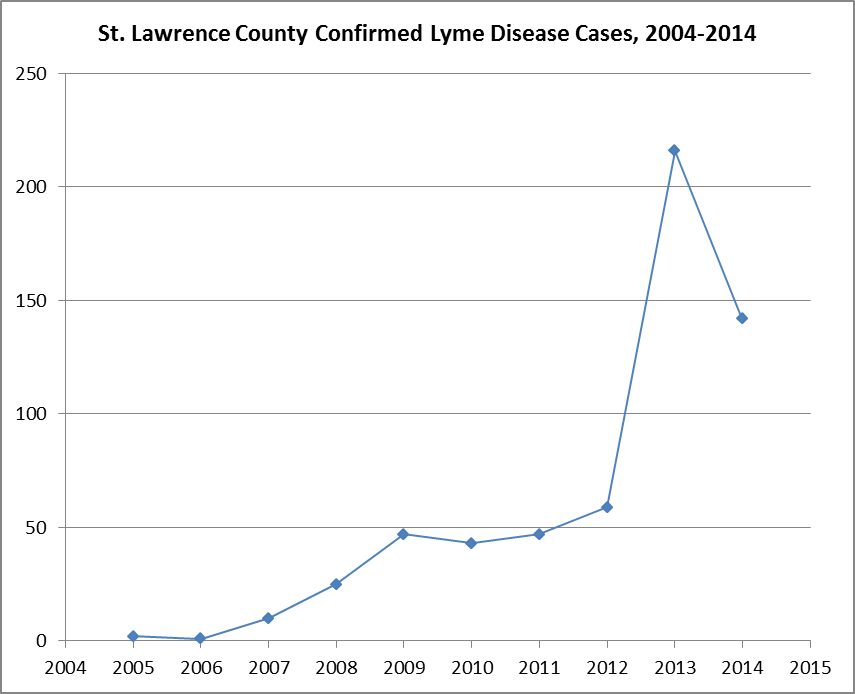
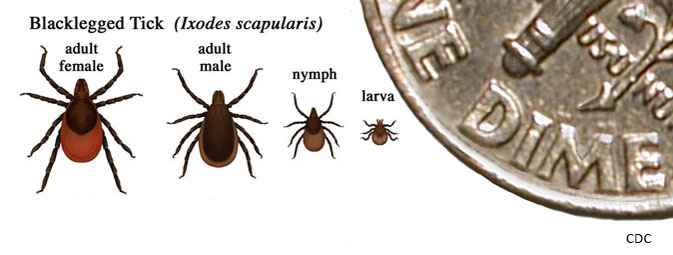
Pink Mystery
Can anyone help me identify this mysterious pink coloration? Is it a fungus? It looks quite beautiful growing along the veins of these maple leaves, but I'm not sure if it is harmful to the plant.
Sun Time and Screen Time: Infusing Technology in Outdoor Experiences
 Technology has been around for ages!
Technology has been around for ages!
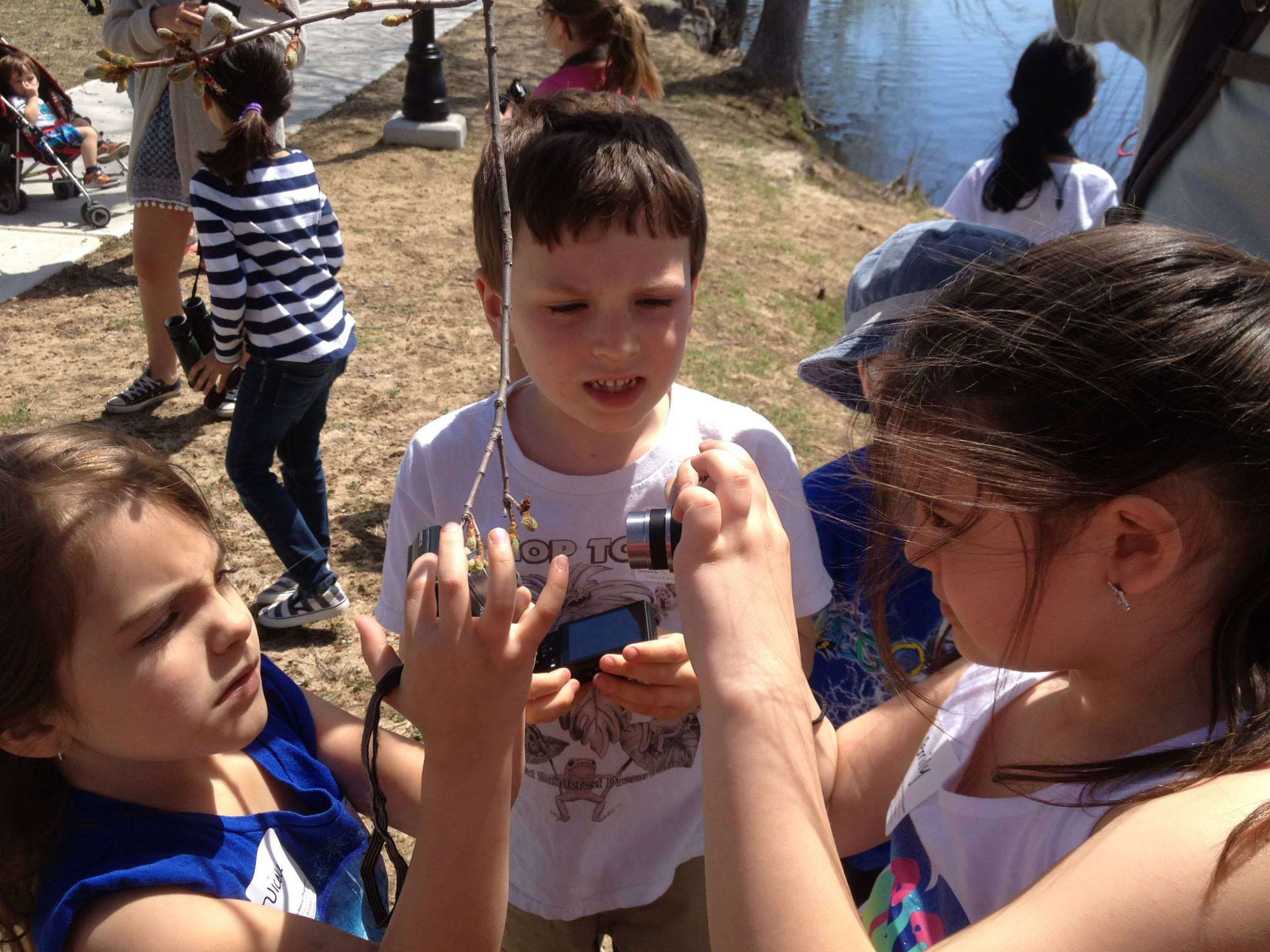
Conservation Field Day Scavenger Hunt at Indian Creek Nature Center
On June 4th 2015, roughly 70 students from Colton-Pierrepont, Huevelton and Trinity schools came out to spend a day immersing themselves in the natural environment at Indian Creek Nature Center's Conservation Field Day. Each year, 5th and 6th graders from across St. Lawrence County have the opporunity to get the hands-on experience in a variety of field science activities.

Worms Gone Crazy
by Paul Hetzler, Cornell Cooperative Extension of St. Lawrence County
Raise your hand if you’re tired of hearing about new invasive species. I’m right there with you. Aside from the fact that there’s too much bad news around as it is, we’re still working on a cure for those good old-fashioned pests that rival the common cold in terms of eluding conquest. Japanese beetles, European chafers, buckthorn, wild parsnip, Japanese knotweed—enough already.
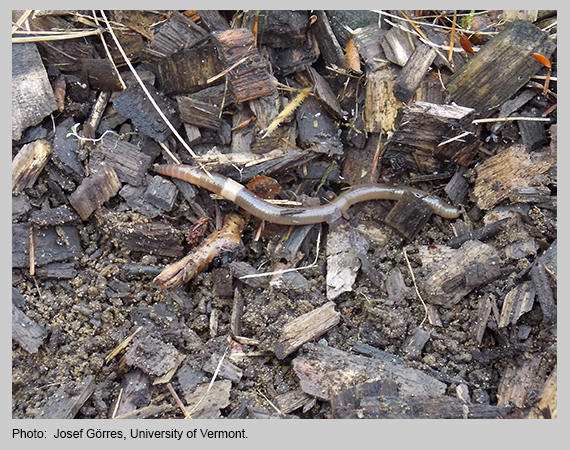
Garlic Mustard: An Edible Invasive
While any new green growth tends to catch my eye after a long winter, some signs of spring are less welcome than others. Over the past several years I’ve noticed an increasing occurrence of garlic mustard (Alliaria peteolata), an invasive weed native to Europe and North Africa, cropping up around the North Country each spring. True to its name, garlic mustard is in the mustard (Brassicaceae) family, and its leaves, stems, and roots have a potent garlic-horseradish flavor.
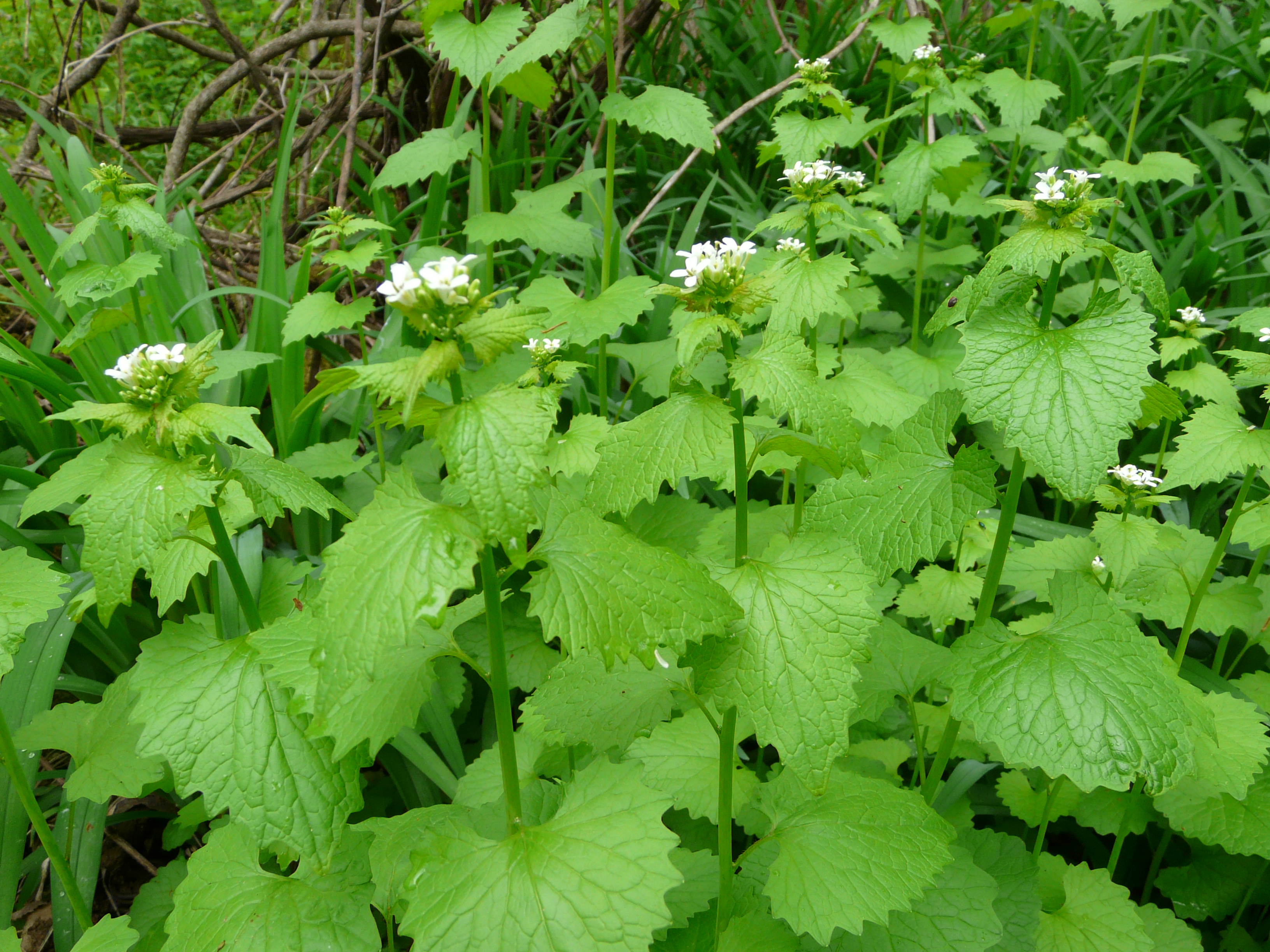
A Shelter for Ten
This winter Nature Up North is featuring a Winter Ecology Series, in which St. Lawrence University students in Dr. Karl McKnight's Winter Ecology course share their observations from a weekly field trip to Glenmeal State Forest in Pierrepont. We hope you enjoy their accounts from days spent in the woods examining the fascinating ways plants and animals endure the North Country winter.
By Alyson Wilson
